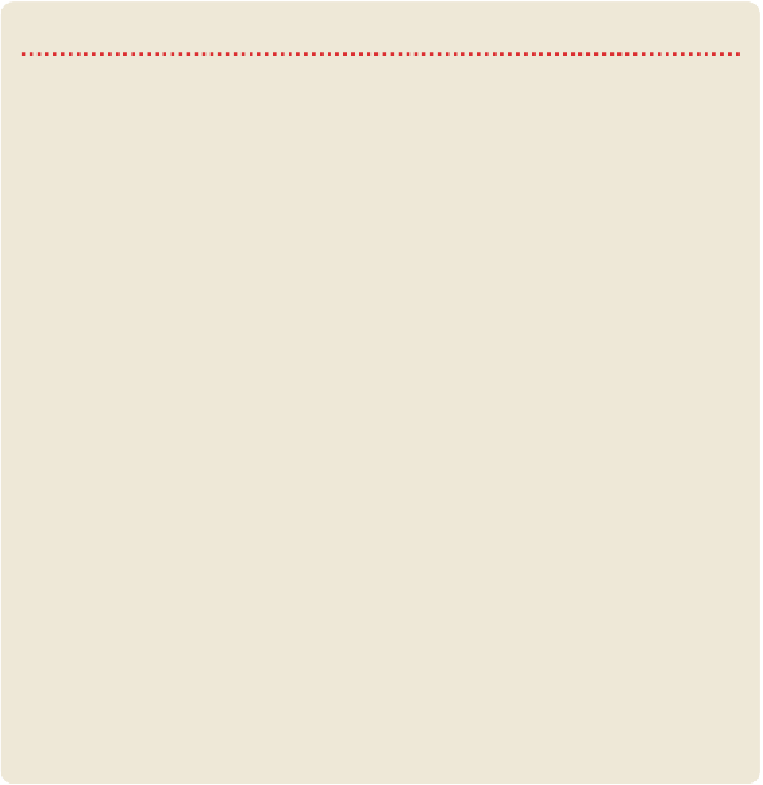Travel Reference
In-Depth Information
The fifth Dalai Lama wrote a detailed history of Tibet and his autobiography is regarded as
a literary treasure of Tibet.
REINCARNATION LINEAGES
There are thought to be several thousand trulku(also spelt tulku;'incarnate lamas') in
contemporary Tibet. The abbots of many monasteries are trulku,and thus abbotship can
be traced back through a lineage of rebirths to the original founder of a monastery. The
honorific title rinpoche,meaning 'very precious', is a mark of respect and does not neces-
sarily imply that the holder is a trulku. The Chinese use the confused translation 'Living
Buddha' for trulku.
A trulkucan also be a manifestation of a bodhisattva that repeatedly expresses itself
through a series of rebirths. The most famous manifestation of a deity is, of course, the
Dalai Lama lineage. The Dalai Lamas are manifestations of Chenresig (Avalokiteshvara),
the Bodhisattva of Compassion. The Panchen Lama is a manifestation of Jampelyang
(Manjushri), the Bodhisattva of Insight. There is no exclusivity in such a manifestation:
Tsongkhapa, founder of the Gelugpa order, was also a manifestation of Jampelyang
(Manjushri), as traditionally were the abbots of Sakya Monastery.
Lamas approaching death often leave behind clues pointing to the location of their rein-
carnation. Potential reincarnations are often further tested by being required to pick out
the former lama's possessions from a collection of objects. Disputes over trulkustatus
are not uncommon. A family's fortunes are likely to drastically improve if an incarnate
lama is discovered among the children; this creates an incentive for fraud.
It is possible to see in the trulkusystem a substitute for the system of hereditary power
(as in Western royal lineages) in a society where, historically, many of the major players
were celibate and unable to produce their own heirs. Not that celibacy was exclusively the
case. The abbots of Sakya took wives to produce their own trulkureincarnations, and it is
not uncommon for rural trulkusto do the same.
The major flaw in the system is the time needed for the reincarnation to reach adult-
hood. Regents have traditionally been appointed to run the country during the minority of
a Dalai Lama but this tradition takes on an added dimension under modern political cir-
cumstances. The current Dalai Lama has made it clear that he will not be reincarnated in
Chinese-occupied Tibet and may even be the last Dalai Lama.



